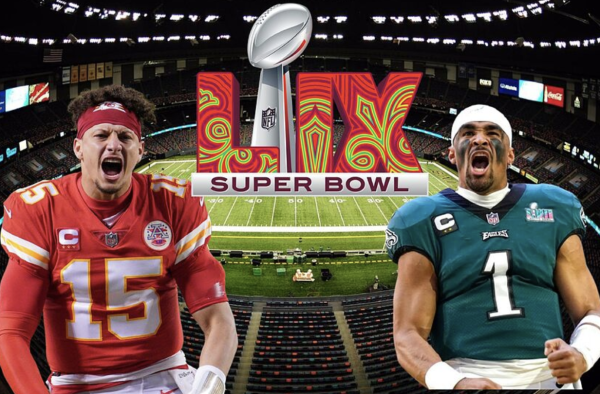Dome implosion marks end of an era
A few weeks ago, within just 12 seconds, 25 years of Atlanta history was reduced to rubble when the Georgia Dome was finally imploded. Looking back on the history of the Dome, students and faculty explored the rationale behind the historic implosion and the legacy that the Dome has left upon the city of Atlanta.
The Georgia Dome, originally built to cement the Falcons franchise in Atlanta, broke ground in the year 1989 and was opened to the public in late 1992. In its 25 year lifespan, the Georgia Dome hosted 1400 total events attended by over 37 million people. Some notable events that the Dome hosted included 256 Falcons games, 298 high school football games—including Westminster’s 2015 state championship victory —152 college football games, two Super Bowls, and a number of events in the 1996 Olympic Games. The Georgia Dome was also the only facility in the world to host the Olympics, Super Bowl, and Final Four.
Yet, what the Westminster community will undoubtedly remember the Dome for most was the 2015 GHSA state championship game. For the first time in school history, the Westminster football team had the chance to play in the Georgia Dome. In the game, the Wildcats dramatically overcame a double digit deficit with less than five minutes remaining, and Westminster defeated Blessed Trinity 38-31 in overtime.
“It was just incredible to get the chance to watch my school play there, and it’s even better that it ended in such an amazing way,” said sophomore Trevor Jones.
Although the Dome had a great deal of success, as it grew older, its potential for scheduling major events quickly diminished. In 2009, the NFL aided 25 franchises in constructing bigger and better stadiums. As a result of this sudden construction flurry, by 2013, the Georgia Dome, at only 21 years old, was astonishingly the eleventh oldest stadium in the NFL. The Dome was no longer the new kid on the block and had trouble securing big events. The unfortunate reality is that the best stadiums get the best events, and the aging Georgia Dome could not compete with the likes of stadiums such as the world-famous Cowboys Stadium.
Long-time owner of the Atlanta Falcons Arthur Blank believed renovations to the Dome would cost nearly as much as a constructing a new stadium. He envisioned creating something iconic for the team, the fans, and the neighborhood. He wanted a stadium that would be an asset not just to the Falcons but to the Atlanta community and even to the entire state of Georgia.
The new stadium would be complete with a retractable roof, quality food, and of course, the 63,000-square-foot “halo board” at the top of the venue.
Blank, however, knew this dream would not come true without an extremely hefty price tag. The stadium ended up costing approximately $1.6 billion, some of which would be financed with Blank’s own money but mostly through public dollars.
Four years later, the city finalized construction of the highly anticipated Mercedes-Benz Stadium. Just five months after opening, the stadium has already shown the potential to develop Atlanta into the “Mecca of Sports” that Blank imagined, as it has hosted the highest attended MLS match in history and the 2017 College Football Playoff National Championship game. Moreover, next year, Mercedes-Benz will host Super Bowl LIII.
Despite the stadium’s large price tag, most students agree that it will turn out to be a smart investment.
“Even though the state of Georgia spent hundreds of millions on the stadium, I think that it will be worth it in the long run,” said senior Jamal Hashim. “It will allow them to sell more expensive tickets and have a revenue stream that they can use for schools, colleges, construction, etc. It will also produce more interest in the Falcons and in Atlanta United which will make people more proud to live in Atlanta.”
After seeing the early success of Mercedes-Benz Stadium as a catalyst for development in the Atlanta community, Blank recently contributed over $15 million to Atlanta’s Westside district in hopes of developing it into a hallmark neighborhood. Blank is also working to construct a tailgate area where the Dome used to be. The 13 acre park will border English Avenue and Vine City and will be referred to as the “Home Depot Backyard.”
Even a few Westminster students have noticed Blank’s potential as a true beneficiary for the local community.
“Most people are excited about Mercedes-Benz because it will bring events like the Super Bowl and maybe even the World Cup to Atlanta,” said freshman Ryan Hockstein. “But with all this money, we will be able to help those in need and maybe clean up some of the poverty in the city.”
Such urban revival as a result of a new stadium can be seen in the downtown of cities such as Los Angeles, Seattle, and Cincinnati. In all three of these cities, the construction of new stadiums catalyzed development of relatively poor areas of the community into prominent areas of attraction, also seen, on the flip side, as gentrification.
Though it may have taken no more than a quarter of a minute to permanently destroy the Georgia Dome, it will continue to be remembered for its integral role in the development of Atlanta as a major American city over the past two decades. For one last time, thank you, Dome.


